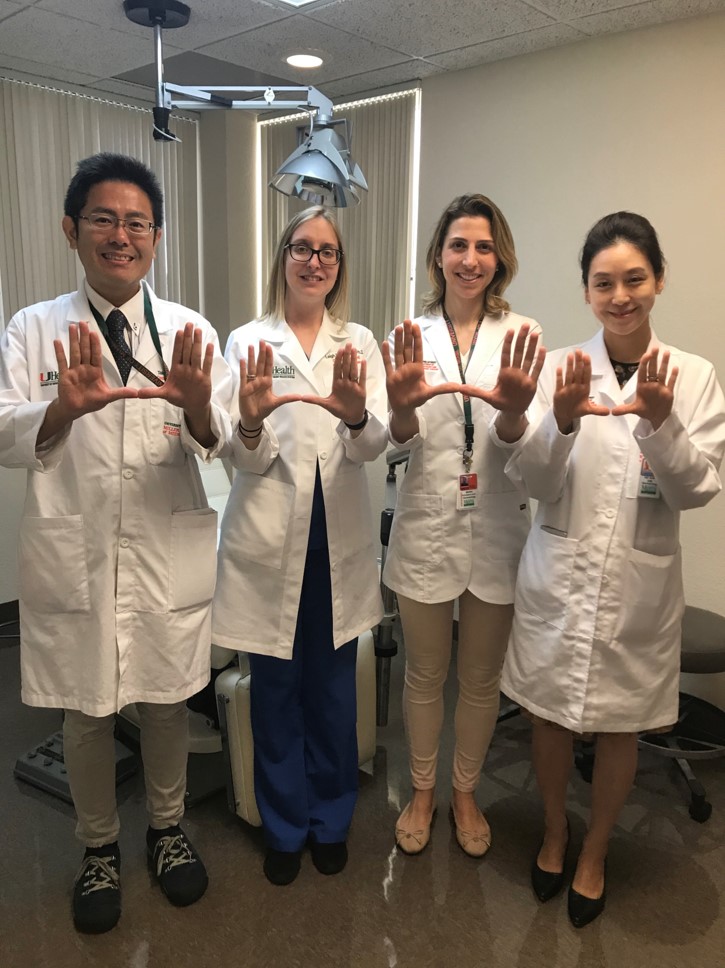I would like to thank King’s College London warmly for supporting me towards my visit to the Miami Itch Centre. This took place in October 2019, over a period of two weeks. This destination was chosen in the context of my current research project, the PRUMEC trial, which focuses on elucidating the cause of itch in an inherited skin condition known as Dystrophic Epidermolysis Bullosa (DEB). I am conducting this under the supervision of Professor John McGrath in the Genetic Skin Disease Group of St John’s Institute of Dermatology. Dr Gil Yosipovitch, one of our main collaborators for this study, is the Head of the Miami Itch Centre and a worldrenowned itch expert.

During my visit I was primarily based at the Gil Yosipovitch Laboratory, located within the Rosenstiel Medical Science Building – University of Miami, where I was hosted by Dr Yosipovitch’s dynamic laboratory group. The primary purpose of my visit was to assist with immunohistochemistry staining of 45 skin samples which I had personally collected as part of my study. Each stain set (five in total) was completed through a three-day protocol; the aim was to use fluorescence-labelled antibodies to quantify and compare the expression of major itch mediators and receptors between patient and control skin. I also had the chance to examine our stained samples under a microscope, and review pictures produced by the relevant computer visualisation software.
During the course of my visit I was also fortunate to join Dr Leigh Nattkemper in several clinical trial visits, involving both topical and systemic anti-itch agents. The visits involved amongst other things, induction of itch with histamine or cowhage (a plant native to Africa and tropical Asia, whose seedpods induce itch when touched), sensory testing for itch and pain and the use of itch assessment questionnaires. These provided great insight into translational aspects as well as some sound clinical practices in itch-related research.

Finally, my visit to the Miami Itch Centre was complemented by a rich portfolio of clinical activities. This included attendance of the weekly Dermatology Departmental Meetings, where several interesting cases were discussed in depth, an exciting lecture on Chronic Itch by Dr Takashi Hashimoto and participation in an all-day itch clinic alongside Dr Gil Yosipovitch. In the latter, we reviewed several patients suffering from itch of different aetiologies. This not only helped sharpen my diagnostic skills, but also allowed me to familiarise with the therapeutic modalities available in clinic for the alleviation of severe generalised itch.
I am grateful to Dr Yosipovitch and his team for organising an exciting and productive couple of weeks for me, as well as to Professor McGrath for making this trip possible; my visit provided a great overview of the scientific and clinical armamentarium available for the investigation, assessment and eventually management of itch. I am confident this will be an excellent foundation to build on as I move on with my PhD project and beyond. I would like to finish by expressing my gratitude to King’s College London once more, for supporting me in organizing this fantastic trip.

